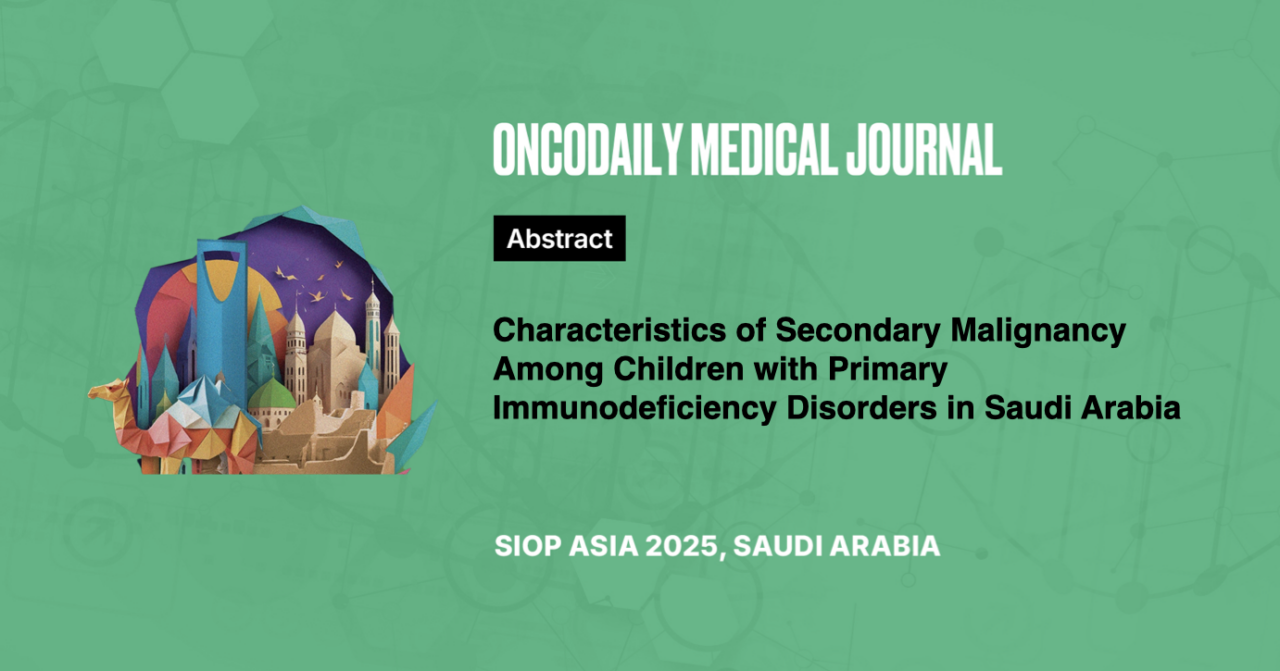Characteristics of Secondary Malignancy Among Children with Primary Immunodeficiency Disorders in Saudi Arabia
Abstract
Introduction: Primary immunodeficiency disorders (PIDD) are rare, inherited conditions associated with recurrent infections, autoimmunity, and a heightened malignancy risk. Data on malignancies in children with PIDD in Saudi Arabia remain limited. This study aims to determine the prevalent secondary malignancy type, explore the associated immune deficiencies, and establish the overall incidence of malignancies, along with disease specific characteristics, among individuals with secondary malignancies in this population.
Methodology: The study is an observational, retrospective cohort study conducted in the Department of Pediatric Hematology and Oncology at King Fahad Medical City, including children and adolescents with PIDD treated for secondary malignancies between January 2009 and January 2023. A total of 28 patients were analyzed.
Results: Among 1,793 pediatric oncology patients, 28 (male-to-female ratio: 9:5) had PIDD, with a median age of 68.5 months. Griscelli syndrome (32.1%) and ataxia-telangiectasia (17.9%) were the most common PIDDs. Malignancy was the initial presentation in 25% of cases. Hematological malignancies were most frequent (85.7%), followed by CNS tumors (10.7%) and solid tumors (3.6%). Secondary hemophagocytic lymphohistiocytosis (HLH) occurred in 42.9%, with diffuse large B-cell lymphoma in 21.4%.
Treatment included chemotherapy (96%), surgery (28%), and bone marrow transplantation (37%). Hematological toxicity occurred in 96.3%, CNS involvement in 35.7%, and febrile neutropenia in 64%. Invasive infections affected 75%, and ICU admission was required in 84%. The median follow-up was 37 months, with a progression-free survival rate of 92.6% and an overall survival rate of 63%.
Conclusion: This study highlights a significant burden of secondary malignancies in children with PIDD and emphasizes the importance of early detection and comprehensive management. Despite high treatment- related complications, meaningful survival rates demonstrate the potential for improved outcomes with effective interventions.





